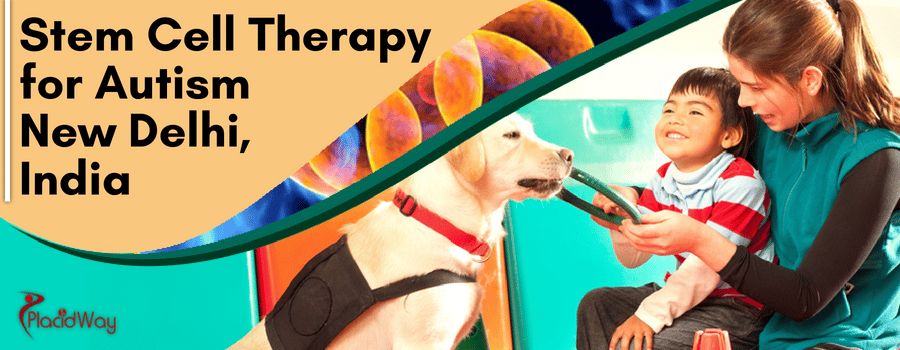
Autism Spectrum Disorder (ASD) is a complex neurodevelopmental condition that affects how a person perceives the world and interacts with others. It is characterized by a range of symptoms including difficulties with social interactions, communication, and repetitive behaviors. The severity of symptoms can vary significantly from person to person, and while some individuals with autism lead independent, fulfilling lives, others may face lifelong challenges.In recent years, Stem Cell Therapy has gained attention as a promising treatment option for autism. Stem cell therapy aims to repair damaged brain cells and promote neurological regeneration, offering the possibility of improving cognitive functions, communication skills, and overall quality of life for those with autism.India has emerged as one of the leading destinations for stem cell therapy, thanks to its world-class medical infrastructure, highly skilled professionals, and affordable treatment options. This article delves into how stem cell therapy can be used to treat autism in India, how it works, its potential benefits, and why India is an attractive choice for medical tourism.
Key Insights at a Glance
- Emerging Treatment: Stem cell therapy for autism is showing promise in improving cognitive function and communication skills.
- Affordable in India: Treatment costs in India are significantly lower compared to Western countries, making it an attractive option for medical tourists.
- Expert Care: India boasts some of the world’s top specialists in regenerative medicine and autism-related treatments.
- State-of-the-Art Facilities: Indian hospitals and clinics are equipped with advanced technology and adhere to international standards of care.
- Improved Quality of Life: Many patients report improvements in social behavior, communication, and cognitive abilities after undergoing stem cell therapy.
What is Stem Cell Therapy for Autism?
Stem cell therapy involves the use of stem cells to regenerate damaged tissues and stimulate healing in various parts of the body. For autism, stem cell therapy targets brain cells, particularly neurons that play a crucial role in cognitive functions, behavior regulation, and communication.
The main focus of stem cell therapy for autism is to:
- Repair and regenerate brain tissue: Stem cells can promote the repair of damaged or underdeveloped neural networks.
- Modulate immune system activity: In some cases, stem cells may help reduce inflammation and regulate the immune system, which has been implicated in the development of autism.
- Enhance neuroplasticity: Stem cells can promote neuroplasticity, which is the brain's ability to reorganize and form new connections, helping to improve cognitive function and social skills.
The stem cells most commonly used for autism treatment are mesenchymal stem cells (MSCs), which can differentiate into various types of cells, including nerve cells. These stem cells are typically harvested from the patient’s bone marrow or adipose tissue (fat cells) but may also come from umbilical cord blood or other sources.Once harvested, the stem cells are processed and introduced into the patient’s body, either through intravenous infusion or direct injection into the brain (depending on the specific treatment plan). The goal is to stimulate the brain’s natural healing processes and improve neurological function.
How Does Stem Cell Therapy Work for Autism?
Stem cell therapy for autism is based on the premise that the brain has the potential to heal itself with the right regenerative support. Here’s how the process typically works:
- Harvesting the Stem Cells: Stem cells are typically harvested from the patient’s own body through a minimally invasive procedure. Bone marrow is a common source, as it is rich in mesenchymal stem cells. Adipose (fat) tissue is another common source.
- Processing and Purification: After harvesting, the stem cells are processed in a specialized laboratory to purify and isolate the viable stem cells. This ensures that only high-quality cells are used for the treatment.
- Injection/Infusion of Stem Cells: The purified stem cells are then administered to the patient. In some cases, they are directly injected into specific areas of the brain to promote regeneration. Alternatively, they may be infused intravenously (IV), allowing the stem cells to circulate through the body and target affected areas of the brain.
- Regeneration and Healing: Once the stem cells are in the body, they begin to differentiate into the necessary cell types, including neurons and glial cells, which play a role in brain function and structure. This process can help repair damaged brain tissues, reduce inflammation, and improve neurological function over time.
- Follow-Up and Monitoring: Patients undergoing stem cell therapy are closely monitored throughout the process to assess progress and ensure the best outcomes. Additional treatments or therapies such as speech therapy, behavioral therapy, and occupational therapy may also be recommended alongside stem cell therapy to support overall development.
Why Choose Stem Cell Therapy for Autism in India?
India has become a leading hub for stem cell therapy, attracting patients from around the world due to its affordability, quality of care, and the expertise of its medical professionals. Here are some reasons why India is an ideal destination for autism treatment using stem cell therapy:
Cost-Effective Treatment
One of the biggest advantages of opting for stem cell therapy in India is the cost. In countries like the United States, Europe, or Australia, the cost of stem cell therapy for autism can be exorbitant, ranging from $20,000 to $50,000 per treatment cycle. In contrast, the cost of stem cell therapy in India is far more affordable, with prices typically ranging between $6,000 and $10,000, depending on the treatment plan and medical facility.
World-Class Medical Professionals
India is home to a large number of highly trained and experienced doctors specializing in stem cell therapy, regenerative medicine, and autism-related treatments. Many of these specialists have trained in prestigious institutions around the world and have significant experience in treating patients with autism using advanced stem cell techniques.
State-of-the-Art Medical Facilities
Indian hospitals and clinics are equipped with cutting-edge technology and adhere to international standards of medical care. Many facilities are accredited by international organizations such as the Joint Commission International (JCI), ensuring that patients receive top-quality care in a safe and hygienic environment.
Minimal Wait Time
Unlike many Western countries, where waiting lists for stem cell treatments can be long, in India, patients can often schedule their treatment within weeks or even days of making the decision to proceed. This makes India an attractive option for patients who want to start their treatment as soon as possible.
Holistic Care Approach
In addition to stem cell therapy, many Indian clinics offer a holistic approach to autism treatment, combining stem cell therapy with other interventions such as speech therapy, occupational therapy, and behavioral therapy. This integrated approach helps maximize the benefits of stem cell treatment and improve overall outcomes.
Benefits of Stem Cell Therapy for Autism
Stem cell therapy for autism offers several potential benefits, including:
- Improved Cognitive Function: Stem cells may help repair brain cells and improve cognitive abilities, including learning, memory, and attention span.
- Enhanced Communication Skills: Many parents report improvements in their child’s ability to communicate, both verbally and non-verbally, after stem cell therapy.
- Reduced Behavioral Issues: Stem cell therapy can help reduce the frequency and severity of repetitive behaviors, such as hand-flapping, rocking, and self-harm.
- Better Social Interaction: By improving brain function and communication skills, stem cell therapy may lead to enhanced social interactions and a better ability to relate to others.
- Long-Term Improvements: Some studies suggest that stem cell therapy can have long-lasting effects, with continued improvements over months or even years after treatment.
The Process of Stem Cell Therapy for Autism in India
Here’s what you can expect during your stem cell therapy journey in India:
- Initial Consultation: The process begins with an initial consultation with a specialized physician who will assess the patient’s medical history, autism severity, and specific needs. The doctor will create a personalized treatment plan based on the patient's condition.
- Stem Cell Harvesting: Stem cells are harvested from the patient’s bone marrow or adipose tissue. This is typically a minimally invasive procedure performed under local anesthesia.
- Processing and Injection: After harvesting, the stem cells are purified and processed in a laboratory. They are then administered via injection or intravenous infusion, depending on the treatment plan.
- Recovery and Monitoring: Following the procedure, patients are monitored for any immediate side effects or complications. Most individuals experience minimal downtime and can resume normal activities in a few days. Regular follow-up appointments are scheduled to monitor progress.
- Post-Treatment Support: After stem cell therapy, additional therapies such as behavioral, speech, or occupational therapy may be recommended to complement the treatment and help improve developmental outcomes.
Cost of Stem Cell Therapy for Autism in India
The cost of stem cell therapy for autism in India varies based on the medical center, the type of stem cells used, and the complexity of the treatment. On average, the cost ranges from $6,000 to $10,000 for the entire treatment process, which includes consultations, harvesting of stem cells, laboratory processing, injections, and follow-up visits.
| Country | Cost Range (USD) |
|---|---|
| India | $6,000 - $10,000 |
| United States | $20,000 - $50,000 |
| Mexico | $8,000 - $15,000 |
| United Kingdom | $18,000 - $30,000 |
| Thailand | $8,000 - $12,000 |
As you can see, India offers a significantly more affordable option, making it an attractive choice for families seeking effective and budget-friendly treatment for autism.
Additional Frequently Asked Questions (FAQs)
What is the success rate of stem cell therapy for autism?
Success rates can vary depending on the individual’s age, severity of autism, and overall health. While many patients report improvements in communication, behavior, and cognitive abilities, the results are not guaranteed and can vary from person to person.
Are there any risks associated with stem cell therapy for autism?
Stem cell therapy for autism is generally safe when performed by experienced professionals. However, as with any medical procedure, there are some risks, including infection, mild swelling, or bruising at the injection site. Serious complications are rare.
How long will it take to see improvements after stem cell therapy?
Improvements can take several months to become noticeable. Most patients begin to see improvements within 3 to 6 months, with continued progress over the following year or more.
Is stem cell therapy for autism a one-time treatment?
Some patients may require multiple rounds of stem cell therapy to achieve optimal results, while others may benefit from a single session. The number of treatments depends on the patient’s condition and the doctor’s recommendations.
Can stem cell therapy completely cure autism?
Stem cell therapy does not cure autism, as it is a neurodevelopmental disorder with no definitive cure. However, it has shown potential in improving symptoms, enhancing cognitive abilities, communication skills, and social interactions. It may reduce some of the challenges associated with autism, but the severity and progression of the condition vary from person to person.
How long do the effects of stem cell therapy last?
The benefits of stem cell therapy can last for several months or even years, depending on the individual’s response to treatment. Many patients experience improvements that continue to evolve over time, especially if combined with complementary therapies such as speech or behavioral therapy.
Is stem cell therapy for autism suitable for both children and adults?
Yes, stem cell therapy for autism can be considered for both children and adults. However, it may be more effective when administered earlier in life, as younger individuals generally have greater neuroplasticity. The treatment can still benefit adults by improving cognitive function, behavior, and social skills.
What is the ideal age for stem cell therapy for autism?
While there is no exact age restriction, younger children, especially those under the age of 12, may have a higher likelihood of benefiting from stem cell therapy due to their brain’s ability to regenerate and adapt. However, adults with autism can also see improvements, especially with tailored treatment plans.
Do I need to stop other treatments before starting stem cell therapy?
Typically, you do not need to stop other treatments before undergoing stem cell therapy. Many patients continue with their regular medications, therapies, and other interventions. However, your doctor will assess your current treatments and may adjust them to ensure optimal outcomes alongside stem cell therapy.
Ready to Explore Stem Cell Therapy for Autism in India?
Stem cell therapy offers hope for individuals with autism and their families, with the potential to improve cognitive abilities, social interactions, and quality of life. If you’re considering this innovative treatment, India is an excellent destination offering world-class care at affordable prices. Reach out today to explore the possibilities and start your journey toward better outcomes.
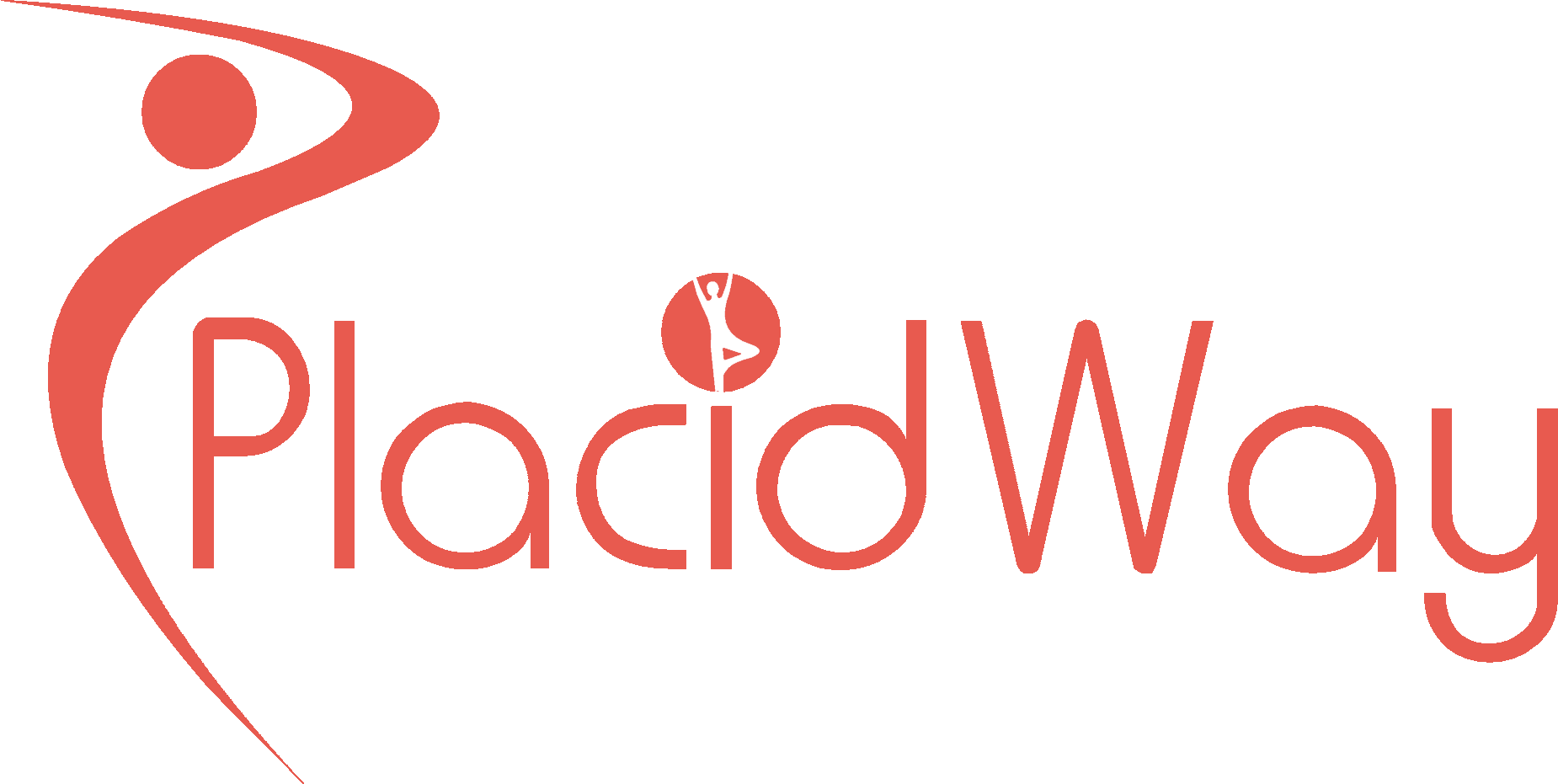







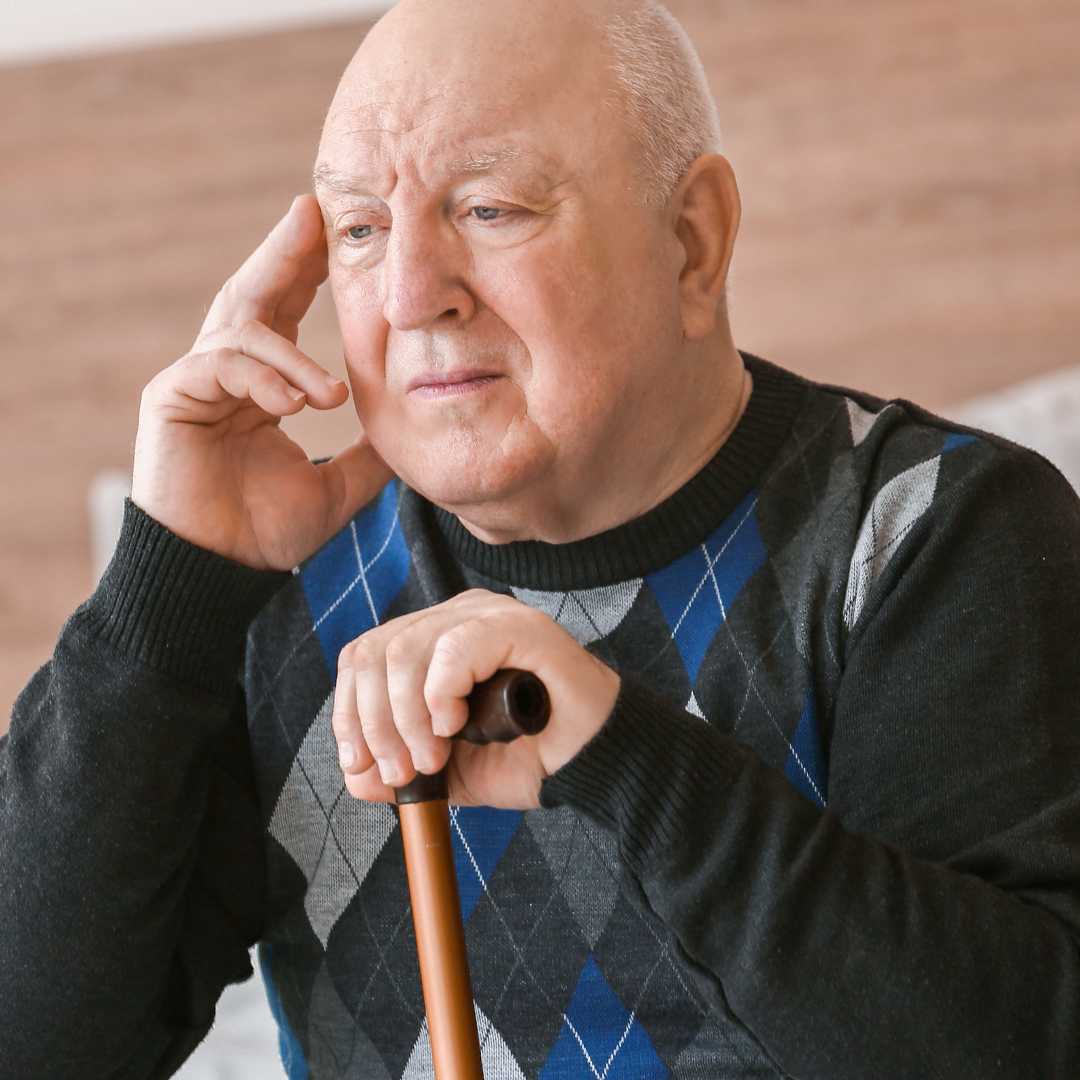
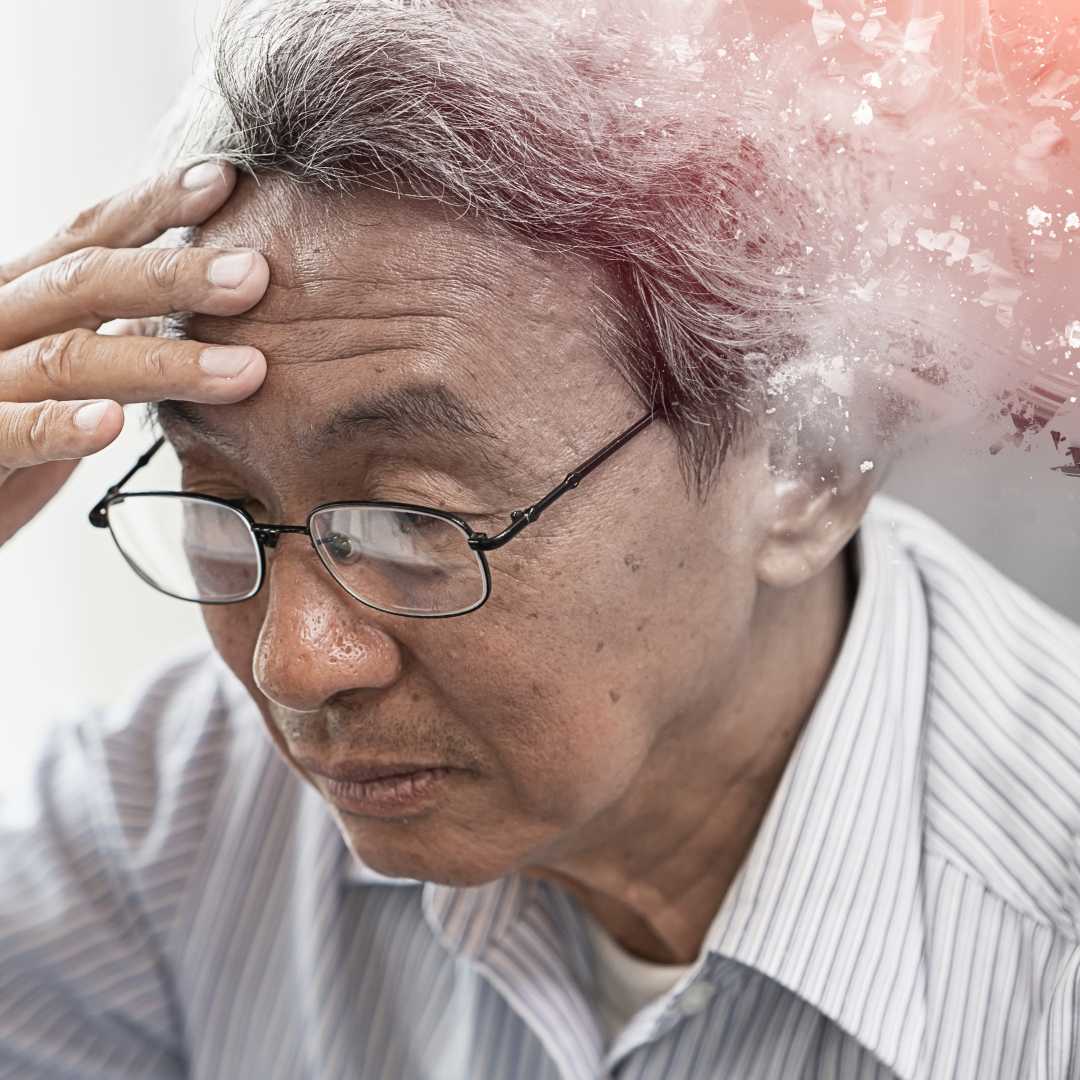


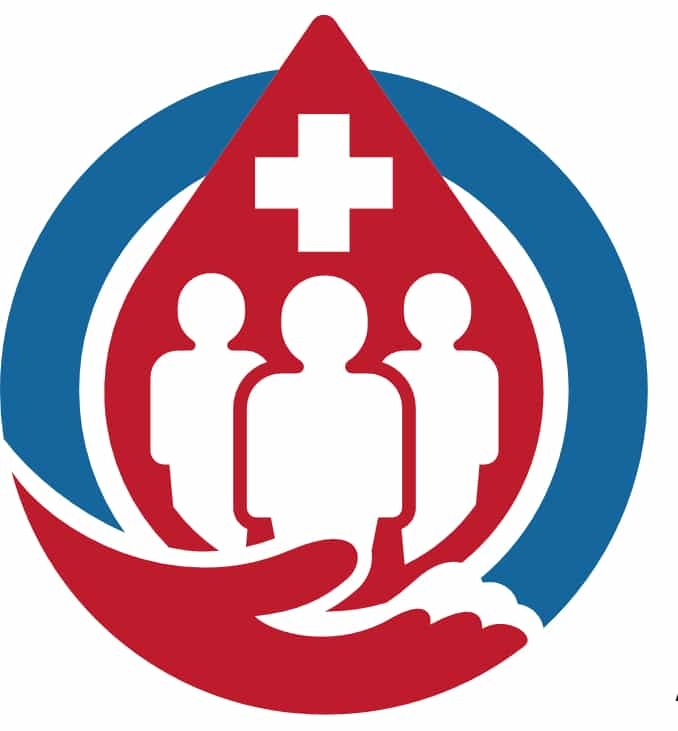


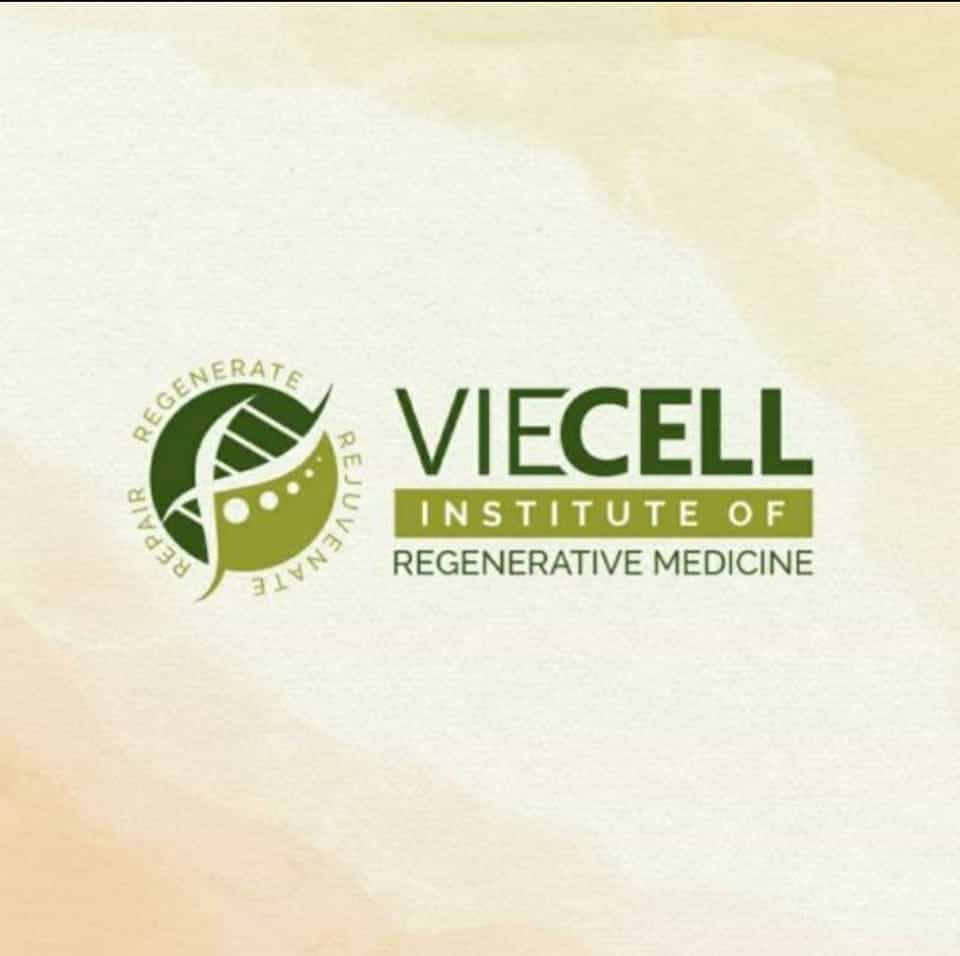

Share this listing